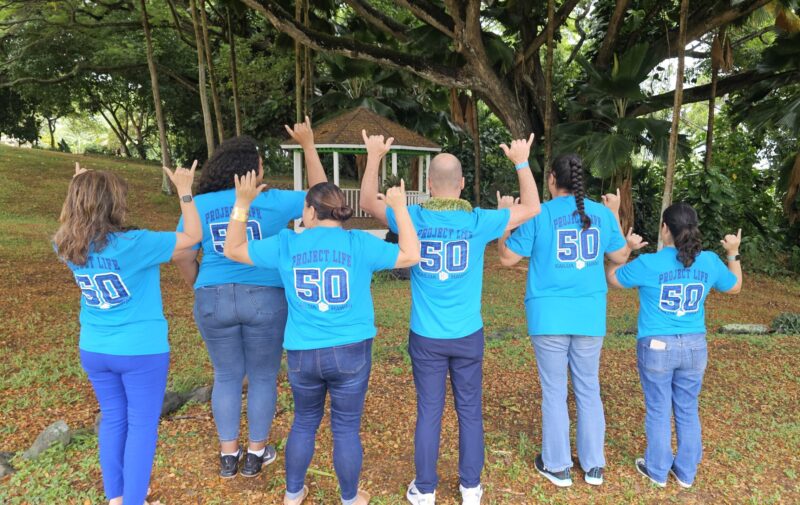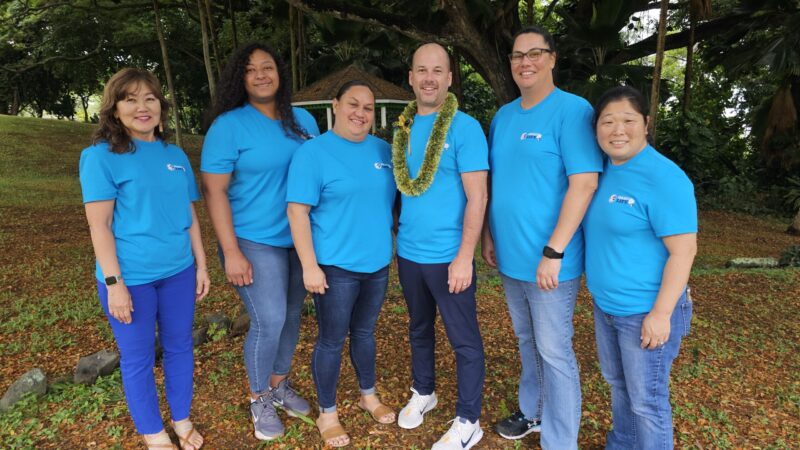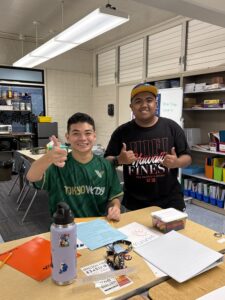 Butler Tech’s Project LIFE has achieved a powerful trifecta: the 50th replication of the program, in Hawaii, the 50th state to join the United States, during Butler Tech’s 50th anniversary.
Butler Tech’s Project LIFE has achieved a powerful trifecta: the 50th replication of the program, in Hawaii, the 50th state to join the United States, during Butler Tech’s 50th anniversary.
The milestone is taking place nearly 4,500 miles away on the island of Oahu, where Kailua High School launched the 50th replication of Project LIFE, a program created right here at Butler Tech! But for the team in Oahu, this program isn’t just about the numbers. It’s about making sure young adults with disabilities aren’t left behind.
The Project LIFE program prepares young adults with disabilities for independent living and employment through a combination of classroom instruction, job training, and community-based learning. Students develop essential skills, such as money management, transportation navigation, and workplace communication, while gaining authentic job experience at community employment sites. This well-rounded approach ensures students are prepared for LIFE at Work, LIFE at Home, and LIFE in the Community, building the confidence and independence they need to thrive in every aspect of life.
Thanks to its structured curriculum, measurable outcomes, and a customizable replication model, Project LIFE has expanded far beyond Ohio. Since 2017, districts across the country have adopted Butler Tech’s national replication model to meet local needs while maintaining the program’s core values: empowering students with resources, confidence, and real-world readiness to thrive.
The Kailua High team was no stranger to career readiness. They had already developed on-campus job training programs through their Ready to SURF Academy, coordinated by Cheriesse Tolu, including school-based enterprises like coffee and hand-made creations that launched during the pandemic. But the missing piece was the bridge to the community and the structure to track the transition process through the Individualized Education Plan (IEP).
“We’re good at getting the students into off-campus opportunities,” Tolu said. “But what does that look like when it comes to the IEP? How do you align those experiences to actual goals and objectives?”
The answer came during a visit to an existing Project LIFE site. The structure, the alignment, and the data stood out immediately. 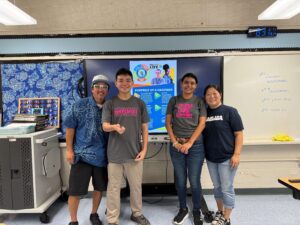
“When the other district shared their data, it was like—oh my gosh, this is amazing,” Shari Ikeda Project LIFE Coordinator/Teacher and School-Based Enterprise Coordinator, recalled. “This is what parents want to see. It’s here for me. I don’t have to build it from scratch.”
Project LIFE provides more than just a curriculum. It offers a proven system of support, documentation tools, and training that the Hawaii team had been searching for. Bringing it to life in their state required collaboration, advocacy, and trust.
Tammy Ogata, District Office Teacher for Windward Oahu District, saw something in Kailua High School that made it the right choice for the Project LIFE program.
“It starts with the staff,” Ogata said. “All my schools have dedicated teachers, but Kailua just took that extra step. Their chemistry as a team, their willingness to work hard, to come up with ideas, and to make changes. I knew if I connected them to the right resources, they would run with it.”
Kailua High is the first school in the Windward Oahu District to implement Project LIFE, but they join a group of Hawaii districts already running the program successfully. Honolulu School District, Central Oahu AMR and LMW Complex Areas have each established Project LIFE sites, demonstrating the program’s reach and impact across the islands.
Butler Tech’s Project LIFE Replication Coordinator, Shawn Hoff, traveled to Hawaii to train the Kailua High team and support their implementation, and he knew right away they were ready for the challenge.
“This group is going to be phenomenal,” said Hoff. “They were always one step ahead. Even during training. Where I usually have to walk folks through the tools and systems, this team was already doing it before I told them what to do.”
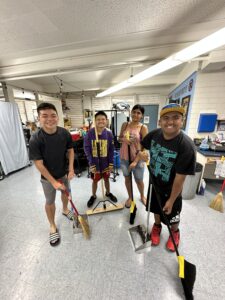 For Hoff, who has overseen replications in districts large and small across the country, this launch in Hawaii was significant.
For Hoff, who has overseen replications in districts large and small across the country, this launch in Hawaii was significant.
“We’re celebrating 50 years of Butler Tech. This is the 50th replication. And it’s happening in the 50th state,” Hoff said. “That symbolism is special. But more than that, it’s another chance to fulfill our mission. Helping students step into the next phase of their lives with confidence and independence.”
“I get to impact the lives of kids I may never even meet through the work these teams are doing,” he continued. “That’s why I’m here. My life’s mission is to help individuals with disabilities, and now I get to do that on a national scale.”
Ogata believes Project LIFE has the staying power to change the landscape of transition education in Hawaii.
“It’s a complete package,” she said. “Other programs might give you a curriculum, but not the work-based learning component, not the built-in community connections, and not the kind of support we’ve already received from Shawn and the Butler Tech team. I’ve never had that level of responsiveness before.”
As Kailua High welcomed its first Project LIFE students, their vision was clear: equip students to carry the skills they’ve learned into the community and believe in themselves while doing it.
“I think what I’m most looking forward to is seeing that ‘aha’ moment,” Ikeda said. “When they realize, ‘Oh, this is what we practiced at school, and now I’m doing it out here.’ That moment is why I teach.”
Tolu agreed.
“We want our students to go out into the world with confidence, knowing they’ve overcome challenges, knowing they have what it takes.”
For a program born from the mission of transforming lives, this 50th replication in Hawaii stands as a powerful symbol of what’s possible when that mission is shared, scaled, and sustained.
“This isn’t about just celebrating Project LIFE,” Hoff said. “It’s about celebrating all the educators, families, and students who believe in what’s possible and who are doing the work to make it real.”
And for Butler Tech, it’s the perfect way to mark 50 years: transforming lives not just in Ohio, but across the nation.
